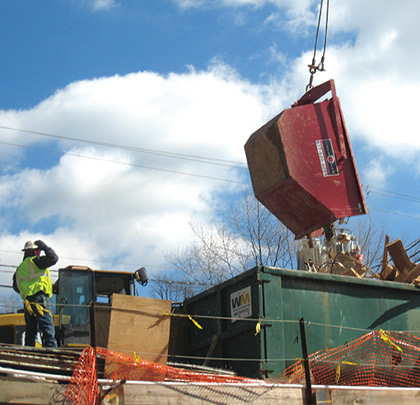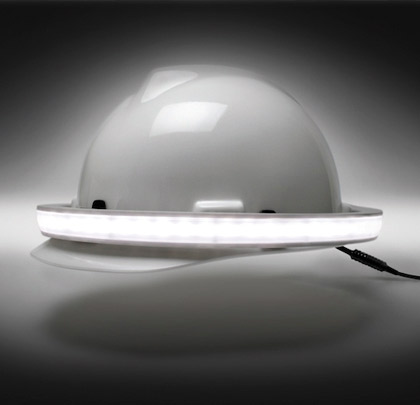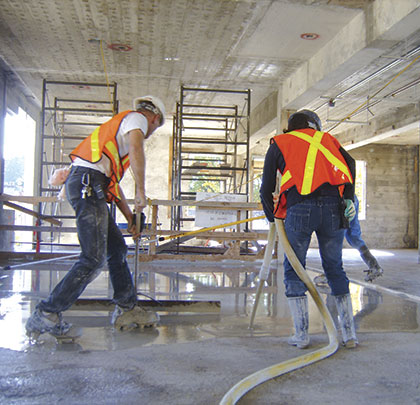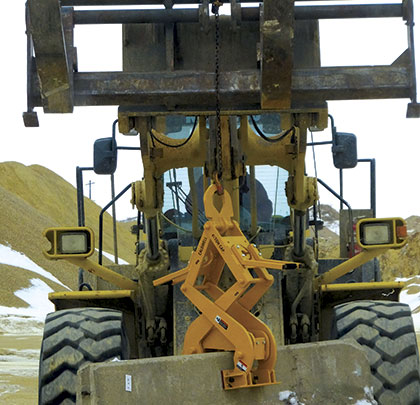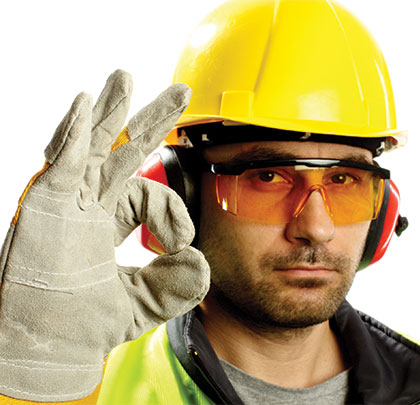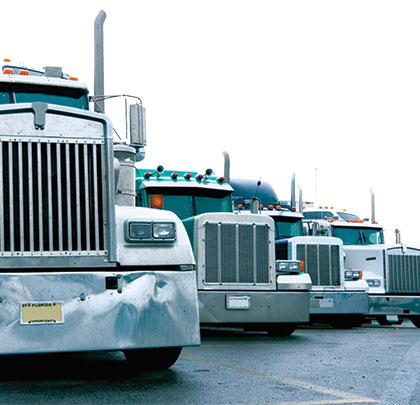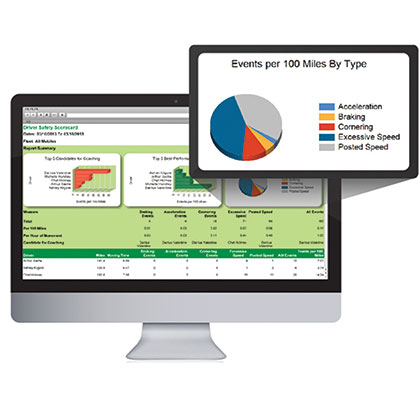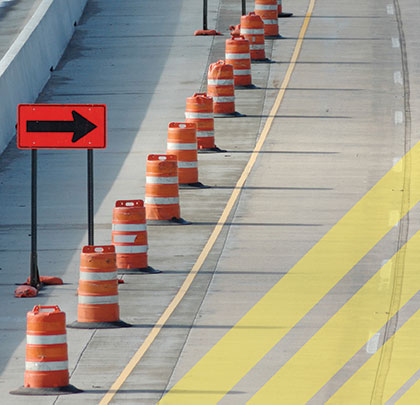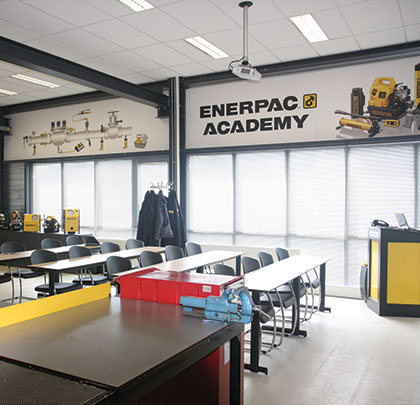Self-Dumping Bins
The Occupational Safety and Health Administration (OSHA) posts, “All employers are to provide their employees with a worksite free from recognizable hazards that could...
The Power of Illumination
The Halo Light™ is a patented 360-degree personal active safety system (PASS) from Illumagear that attaches to almost any hard hat and produces a...
Are You Ready for Compliance?
The United States Army Corp of Engineers (USACE) Engineering Manual 385-1-1, Safety and Health Requirements Manual, 2014 version is out. Compliance with the EM...
The Proper Lift
Keeping workers safe from traffic, chemicals, dangerous equipment, and other hazards are always top of mind on any construction site, but have you considered...
Back to Basics
We’re not always sure what the jobsite has in store each day, but the statistics tell us that we can expect fall hazards. According...
Advancing Worker Safety
Construction companies invest more time and money in worker safety today than ever before. Safety management is now a key strategic consideration at major...
Retraining Driver Behavior
Job injuries are part and parcel in any industry and so is safety training. Each type of industry has specific safety concerns. Adding to...
Hidden Dangers
While the dangers in construction are apparent, they can be difficult to control in constantly changing work environments. In order to protect workers from...
Blame vs. Protection
Last year, more than 32,000 people lost their lives in motor vehicle accidents. Hundreds of thousands more were involved in accidents. In highway construction...
Enerpac Academy Promotes Safety
Enerpac has developed an in-house training program, Enerpac Academy, to offer Enerpac product operators and maintenance staff the opportunity to be trained in the...


